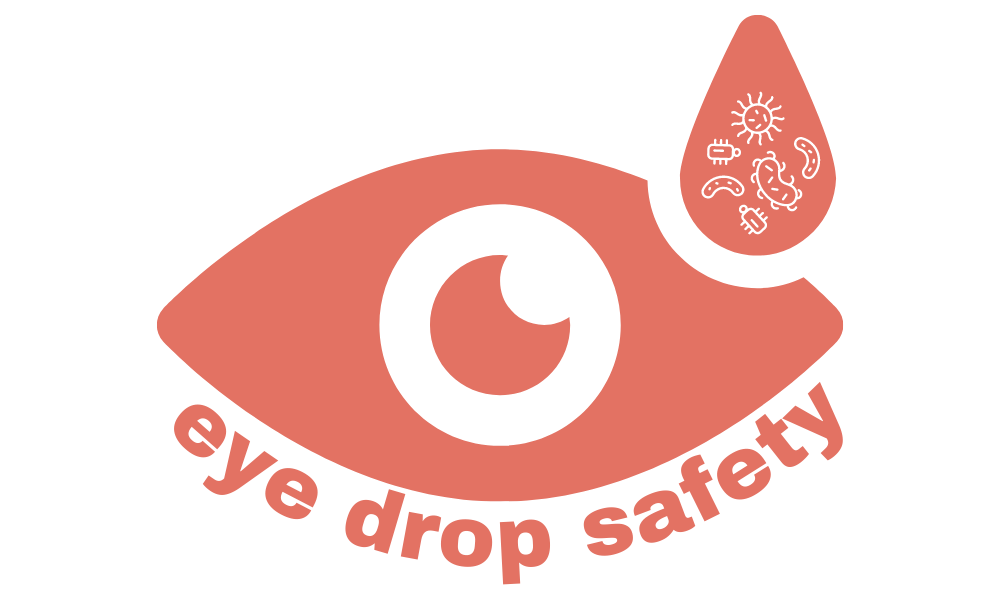OTC vs Rx
Is there a third category for eye drops?
No.
Contrary to what some companies are telling consumers - and doctors - there is no third category, no “grey area”.
Legally, all eye drops are drugs, and all drugs are either non-prescription (OTC) or prescription (Rx).
Understanding how eye drops are regulated
-
Eye drops – both prescription and non-prescription (over-the-counter) – are regulated as drugs.
This may seem self-evident.
However, companies in a number of health care sectors, including eye drops, attempt to evade strict laws pertaining to drug manufacture by stating that their products are “cosmetic pharmaceuticals” (cosmeceuticals) or “nutritional pharmaceuticals” (nutriceuticals).
Additional reading:
-
According to Food, Drug & Cosmetics Act, any product that is “intended to mitigate, treat or prevent disease…or to affect the structure or function of the body is classified as a drug” [FD&C Act Section 201(g)(1)].
When a company states that its eye drops reduce symptoms such as dryness or itching, treat conditions such as pinkeye or styes, or change the appearance of the eye by reducing redness, the company is making drug product claims.
In the United States, no eye drops may be legally marketed as cosmetic or nutritional products.
Consumers should be alert to advertising language on e-commerce sites that implies that an eye drop is “for beauty” or “nourishes” the eye.
-
The US Food and Drug Administration has authority over all drugs sold in America.
Eye drops which contain biologic ingredients such as proteins derived from birth tissues or birth fluids are overseen by the FDA Center for Biologics Evaluation and Research (CBER). All biologic eye drops are prescription-only.
All other eye drops are overseen by the FDA Center for Drug Evaluation and Research (CDER). These eye drops are divided into prescription-only and non-prescription (over-the-counter). Over-the-counter eye drops are regulated by the Office of Non-Prescription Drugs Division II (Ophthalmics).
-
No.
Non-prescription (OTC) eye drops are not FDA approved.
Only prescription eye drops are FDA approved.
The terms “approved” or “approval” have specific meanings when discussing the FDA and drug development.
A prescription drug becomes FDA approved when it has been shown to be safe for use, and effective in the treatment of one or more specific medical conditions. The company developing the drug (called the drug sponsor) must conduct human clinical testing under FDA supervision to establish first safety, and then effectiveness. Once the drug is approved, the company must separately establish to the FDA’s satisfaction that it can manufacture the drug in commercial quantity with consistency and purity.
See also:
-
A prescription eye drop is:
Prescribed by a health care provider
Bought at a pharmacy
Prescribed for and intended to be used by one person
FDA approved(FDA) Prescription Drugs and Over-the-Counter (OTC) Drugs: Questions and Answers
-
An OTC eye drop is:
Bought without a prescription
Purchased off-the-shelf in stores or on e-commerce sites, or from an eye care provider -
OTC eye drops are regulated by the FDA through an OTC drug monograph. OTC drug monographs are a kind of “recipe book” covering acceptable active ingredients, doses, formulations, and labeling. Eye drops which conform to the rules of the monograph may be sold without further FDA clearance.
The OTC monograph on eye drops specifies what information must be contained on the drug label including a statement of identify, indications, warnings, and directions for use. Each general type of OTC eye drop (eg dry eye reliever, redness reliever, itch reliever) has its own labeling requirements.
The monograph for OTC eye drops can be found at the link below.
-
The FDA maintains a single enormous XL spreadsheet of allowed inactive ingredients by drug class.
-
No.
The official drug listings for OTC eye drops typically contain the following Disclaimer: “Most OTC drugs are not reviewed or approved by the FDA, however they may be marketed if they comply with applicable regulations and policies. FDA has not evaluated whether this product complies.”
-
The National Library of Medicine maintains an easily searched database of all listed drugs, both prescription and OTC, called Daily Med. All drugs sold in America must be listed and must have National Drug Code (NDC) identification numbers.
-
Be sure you are entering the eye drop’s name exactly as it appears on the box or bottle (including hyphens or spaces). You can also search under the manufacturer’s name in the “advanced search” sub-page.
However, one possible reason why an eye drop does not appear on Daily Med is because the manufacturer has not listed it with the FDA.
If an eye drop is not listed with the FDA it will not appear on Daily Med. Although a Daily Med listing does not guarantee compliance with the OTC eye drop monograph and with manufacturing standards, lack of a listing strongly suggests that the manufacturer is violating regulations related to drug manufacturing and marketing.
Selling a drug in the US which is not listed with the FDA is against the law.
-
Yes.
These regulations require that eye drops in bottles either contain preservative, or use a multi-dose preservative-free dropper.
Eye drops without preservative that are improperly packaged in a bottle with a standard dropper create the risk of bacterial contamination of the eye drop liquid, which could possibly lead to serious eye infections.
Title 21, Chapter 1, subchapter C, part 200, subpart C, section 200.50(b)
-
The World Health Organization reports that “unregulated websites, social media platforms, and smartphone applications can be direct conduits of substandard and falsified medical products.”
Our investigation leads us to concur with the WHO. We have detected a recent proliferation of imported eye drops, advertised through social media and sold through e-commerce. These eye drops make extravagant and irrational drug product claims such as changing iris color from brown to blue, or treating multiple unrelated diseases such as cataracts and macular degeneration.

